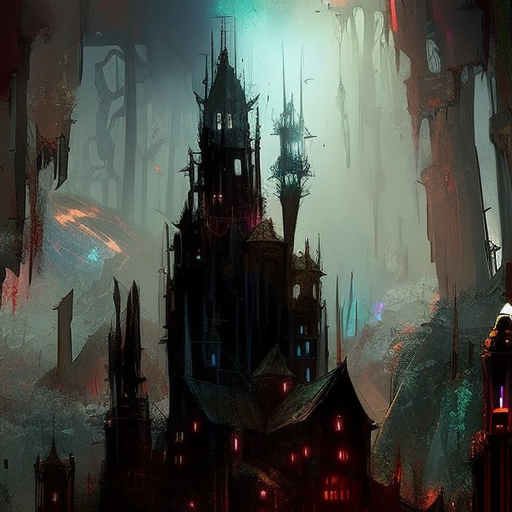The Museum of Extraordinary Things: A Tale of Love, Loss, and the Power of Imagination
In “The Museum of Extraordinary Things” by Alice Hoffman, the reader is transported to early 20th century New York City, where two lives intersect in a world of wonder, mystery, and tragedy. This captivating novel explores themes of identity, love, and the pursuit of freedom, all set against the backdrop of a unique museum filled with peculiar exhibits. As the story unfolds, the characters navigate their way through a city on the brink of change, discovering the extraordinary within themselves and the world around them.
A Tale of Two Lives
The novel follows the parallel stories of Coralie Sardie and Eddie Cohen, two individuals from vastly different backgrounds who find themselves drawn together by fate. Coralie, the daughter of the eccentric Professor Sardie, spends her days as a living exhibit in her father’s Museum of Extraordinary Things, showcasing her unique abilities as a “mermaid.” Meanwhile, Eddie, a young Jewish immigrant, works as a photographer and becomes entangled in the search for a missing girl.
As their paths converge, Coralie and Eddie embark on a journey of self-discovery, grappling with their own identities and the expectations placed upon them by society. Through their shared experiences, they learn to question the world around them and find the strength to forge their own paths.
A World of Wonder and Mystery
Set against the backdrop of early 20th century New York City, “The Museum of Extraordinary Things” immerses readers in a world of wonder and mystery. The museum itself serves as a microcosm of the city, showcasing a collection of oddities and curiosities that reflect the diversity and eccentricity of its inhabitants. From the “Wolfman” to the “Butterfly Girl,” each exhibit tells a story and invites contemplation of what it means to be different.
Hoffman’s vivid descriptions bring the museum and its exhibits to life, allowing readers to experience the awe and fascination that visitors must have felt. The juxtaposition of the extraordinary with the mundane highlights the beauty and complexity of the human experience, reminding us that there is magic to be found in the most unexpected places.
Love, Loss, and the Pursuit of Freedom
At its core, “The Museum of Extraordinary Things” is a story about love, loss, and the pursuit of freedom. Both Coralie and Eddie are trapped in their own ways, bound by societal expectations and the weight of their pasts. As they navigate the challenges and obstacles that come their way, they discover the power of love to heal, the resilience of the human spirit, and the importance of embracing one’s true self.
Through their journeys, Hoffman explores themes of identity and self-acceptance, reminding readers that it is in embracing our differences that we find our true strength. The characters’ struggles serve as a reminder that freedom is not always found in physical escape, but in the liberation of the mind and spirit.
- Love has the power to heal and transform.
- Embracing our differences is a source of strength.
- Freedom is not solely found in physical escape, but in the liberation of the mind and spirit.
“We all have the power to change our lives. It is a matter of imagination and will.”
In “The Museum of Extraordinary Things,” Alice Hoffman weaves a captivating tale of love, loss, and the power of imagination. Through her richly drawn characters and evocative descriptions, she transports readers to a world where the extraordinary becomes ordinary and the ordinary becomes extraordinary. This novel serves as a reminder that within each of us lies the potential for greatness and the ability to shape our own destinies.












